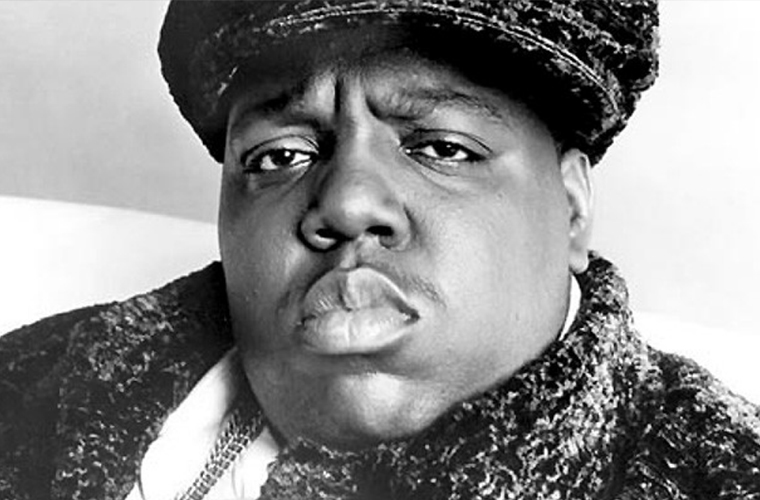Biggie Smalls, also known as “The Notorious B.I.G.,” was a highly influential figure in the world of hip-hop. Born Christopher Wallace, he rose to fame as a rapper and became the face of East Coast gangsta rap. His impact on the music industry was significant, and his untimely death on March 9, 1997, sent shockwaves through the hip-hop community. Wallace’s life was tragically cut short at the age of 24 when he was fatally shot in Los Angeles. The circumstances surrounding his murder remain a mystery, and the case has never been officially solved. Despite his brief time in the spotlight, Biggie Smalls left an indelible mark on the world of music and popular culture.
Hailing from New York, Biggie Smalls played a pivotal role in the resurgence of East Coast hip-hop during the 1990s. At the time, the West Coast “g-funk” sound, popularized by artists like Dr. Dre and Deathrow Records, had dominated the airwaves. However, Biggie Smalls almost single-handedly redefined the East Coast sound and brought it back to prominence. With his distinctive flow, powerful lyrics, and charismatic stage presence, Biggie Smalls captivated audiences and quickly became one of the most revered artists in the genre. His debut album, “Ready to Die,” released in 1994, showcased his exceptional talent and solidified his position as a force to be reckoned with in the world of hip-hop.
Biggie Smalls’ impact extended beyond his music. He became a cultural icon, known for his larger-than-life personality and unapologetic approach to storytelling through his music. His influence on subsequent generations of artists is undeniable, as many have cited him as a major inspiration for their work. Despite his success, Biggie Smalls’s life was not without its struggles. He faced adversity growing up in Brooklyn, where he was exposed to the harsh realities of inner-city life. These experiences would later inform his music and contribute to the raw authenticity that resonated with so many listeners.
In addition to his musical prowess, Biggie Smalls was also a savvy entrepreneur. He founded his record label, Junior M.A.F.I.A., and mentored emerging artists, helping to shape the next wave of talent in the industry. His business acumen and dedication to nurturing new voices further solidified his legacy as a visionary figure in hip-hop. The tragic circumstances of Biggie Smalls’ death only served to cement his status as a legendary figure in the annals of hip-hop history. His untimely passing left an undeniable void in the music world, and his memory continues to be honored by fans and fellow artists alike.
In the years following his death, Biggie Smalls’s influence has endured, with countless tributes and references to his life and music appearing in popular culture. His impact on the genre remains palpable, and his contributions continue to reverberate through the work of contemporary artists.
While the circumstances of his death remain unresolved, Biggie Smalls’ legacy lives on through his timeless music and the indelible mark he left on the world of hip-hop. His enduring influence serves as a testament to his talent and his enduring impact on the cultural landscape. As fans continue to celebrate his life and work, Biggie Smalls’s legacy remains an integral part of the rich tapestry of hip-hop history.


